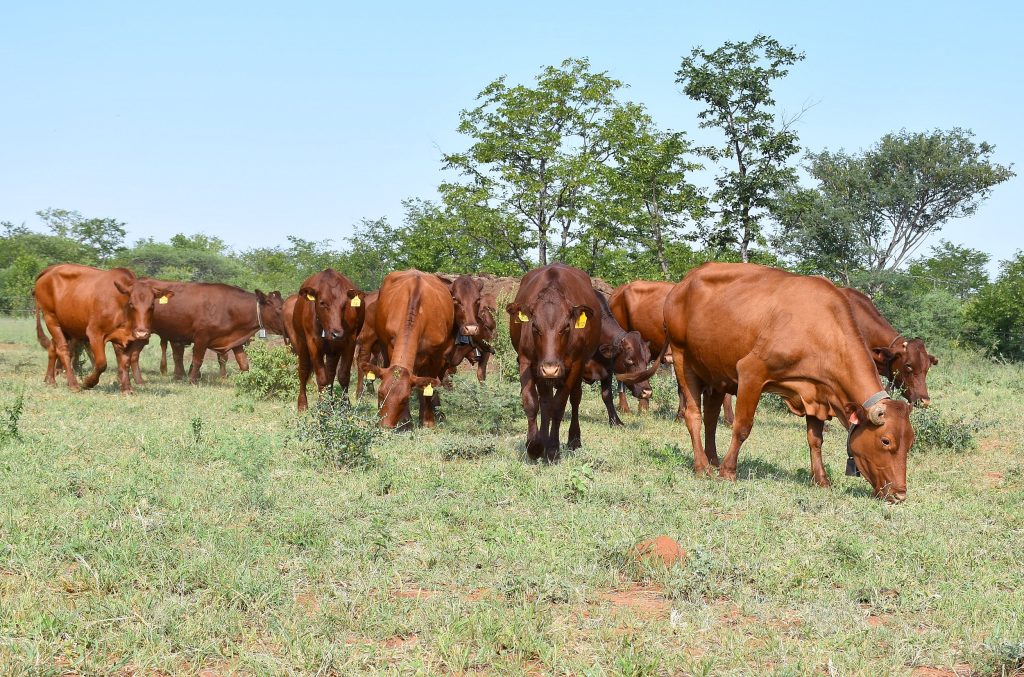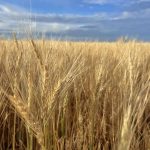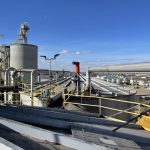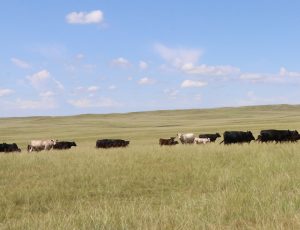Australia projects record beef production for 2025 while increasing exports to U.S.

Australia-RFP-091525
Beef farmers in Australia are in somewhat of a buoyant mood following new and encouraging figures just released for the sector.
According to Meat & Livestock Australia’s latest update, the country is forecast to produce a record 2.79 million tonnes of beef in 2025, driven by stable carcass weights and increased slaughter.
While that figure could set alarm bells ringing for other beef producing nations worried about increased Australian beef imports, it all has to be taken in context.
Australia is seizing the opportunity to increase exports, to counteract the imbalance left by U.S. and Brazilian farmers who have seen overall cattle numbers fall.
Like other livestock farmers in Australia, beef producers have endured tough climatic, financial and welfare related challenges over the past few years.
However, the latest figures show that, despite a slight easing in herd numbers, the national cattle herd is forecast to remain stable at 31 million head, supported by strong seasonal conditions in the north and strategic herd management in the south.
Meat & Livestock Australia acting market information manager, Erin Lukey, said these figures reflect the latest seasonal, market and production data.
She said, “These projections are a vital tool for the red meat industry. They provide a clear, evidence-based outlook that helps producers, processors and exporters make informed decisions.
“By understanding the trends in herd composition, production capacity and global demand, the industry can better plan for the future and remain competitive in a dynamic global market.”
Slaughter figures are forecast to rise 8.6% to 9.02 million head in 2025, supported by robust cattle supply and processing capacity.
Carcass weights are expected to remain stable at 309.5 kilogram per head, which is a historically high level for Australia.
This stability is underpinned by a strong proportion of grain fed cattle in the slaughter mix and solid feed availability following autumn rainfall.
While increased female slaughter typically reduces average weights, the impact has been offset by improved pasture conditions resulting in higher quality cows, and the continued trend of finishing cattle at heavier weights through feedlots and improved pasture systems.
Lukey said, “The herd has evolved to support higher turn-off without compromising productivity. This is a reflection of improved breeding efficiency and a shift toward more strategic herd management across the board.”
EXPORTS
Beef exports are forecast to reach 1.5 million tonnes shipped weight in 2025, as Australia continues to capitalize on global supply constraints caused by declining production in key competitor markets such as the U.S. and Brazil.
Up until Aug. 30 this year, beef exports to all markets reached 988,223 tonnes, representing an increase of 133,000 tonnes or almost 16% on the same period last year.
With the U.S. progressing into a herd rebuild phase and Brazil facing herd contraction following heavy slaughter and drought recovery, Australia is uniquely positioned to meet rising international demand.
Australia exported 286,876 tonnes of beef to the U.S. this year, up to the end of August. This is an increase of 52,000 tonnes, or 27%, compared to the same period in 2024. During August 2025 beef exports to the U.S. reached 40,750 tonnes.
This export strength is further supported by Australia’s robust processing capacity, consistent product quality, and long-standing trade relationships across North Asia, North America and Southeast Asia.
Looking ahead, the herd is expected to remain stable through 2026 before easing slightly in 2027 due to drier seasonal conditions. However, ongoing improvements in carcass weights and processing efficiency are expected to support high production levels.
This stability is supported by consistent seasonal conditions in northern Australia and cautious stocking practices in the south, where producers are prioritizing core breeding stock over expansion.
Lukey added, “The industry’s focus is shifting from expansion to maintaining productivity and sustainability.
“This positions the industry well to respond to both domestic and international demand in the years ahead, ensuring that Australia continues to lead in efficiency, quality and resilience across the global red meat supply chain.”







